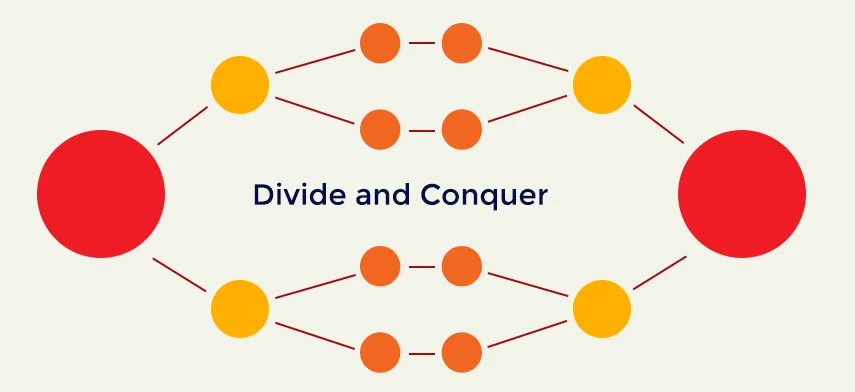As we embark on this exciting journey of learning and discussion in our online course, I want to introduce you to a valuable technique that will enhance the quality of our interactions and take our discussions to a new level. It's called the Warm Cool Hard Protocol, and it's a structured approach to providing feedback that will help us give each other more constructive and insightful responses on the discussion boards. This Protocol was developed by educators affiliated with the "Center for Leadership & Educational Equity" (CLEE) and the "School Reform Initiative" (NSRF) and has been proven to enhance the quality of feedback and discussion in various educational settings.
Understanding the Warm Cool Hard Protocol
The Warm Cool Hard Protocol is divided into three response perspectives: Warm, Cool, and Hard. Each perspective serves a unique purpose in guiding our feedback and ensuring that our discussions are both supportive and intellectually stimulating.
Let's break down each perspective:
Warm Perspective
The Warm perspective focuses on recognizing and highlighting specific strengths in your peers' contributions. It's about acknowledging the excellent aspects of their work and providing positive reinforcement. For instance, you might say, "I see excellent use of..." or "Attention to details...". This type of feedback fosters a sense of accomplishment and boosts confidence in your peers.
Cool Perspective
The Cool perspective involves analyzing, discerning, and probing the content of the discussion. It encourages critical thinking by offering insights and questions that challenge assumptions and encourage deeper exploration. For example, you might ask, "I wonder if this fits that" or "It looks like you wanted this to do that, but I'm not sure it does." This type of feedback sparks intellectual curiosity and pushes us to refine our thoughts.
Hard Perspective
The Hard perspective is the most challenging but also the most rewarding. It involves challenging, extending, and asking the "So What?" questions. This type of feedback tests the meaning of the work and provides direction for further development. You might inquire, "Does this do what we value?" or "Will it consistently provide similar results?" This level of feedback requires trust and a readiness for constructive criticism.
Applying the Protocol to Our Discussions
As we engage in our online discussions, you're required to incorporate the Warm Cool Hard Protocol into your feedback. When responding to your peers' posts, consider providing feedback from each of these perspectives. This approach will not only enrich our discussions but also promote a culture of collaboration and growth.
Building a Trusting Learning Community
Lastly, it's important to note that while the Warm and Cool perspectives can be integrated into discussions from the start, the Hard perspective requires a higher level of trust. When receiving or offering Hard feedback, it's imperative that you keep an open mind and to foster and environment that is conductive to honest and constructive critique, and to cultivate an atmosphere of courtesy and respect throughout the process.
Let's embrace the Warm Cool Hard Protocol as a tool to elevate our learning experience. By recognizing strengths, encouraging critical analysis, and embracing challenges, we'll create a vibrant online learning community that thrives on meaningful interaction.
Looking forward to engaging with all of you in our upcoming discussions!
Three Response Perspectives
| Warm | Cool | Hard |
|---|---|---|
| Recognizing Highlighting Specific | Analyzing Discerning Probing | Challenging Extending So What? |
| Example: "I see excellent use of ..." "On page 2, I see a good example of..." "Attention to detail is evident in the following areas..." "I like the way you..." | Example: "I wonder if this fits that." "It looks like you wanted this to do that, but I'm not sure it does." "I can't tell if the student is to do this or that." "It is hard to tell what the goal was, and what the thinking skills were." | Example: "Does this do what we value?" "Does the activity meet the stated goal?" "Will it consistently provide similar results?" "Who is favored by this and who is penalized?" |
| This type of feedback highlights the specific areas in which the work is strong. | This type of feedback uses critical distance, which means taking a closer look to analyze, probe and discern. | This type of feedback challenges and extends what is presented. It will test the meaning of the work and provide direction for development. |
| This level of feedback requires the least amount of trust, and should always be present. | Trust must be present in the group to give cool feedback. | The group needs to have a higher level of trust and presenter should ask for this type of feedback. |

